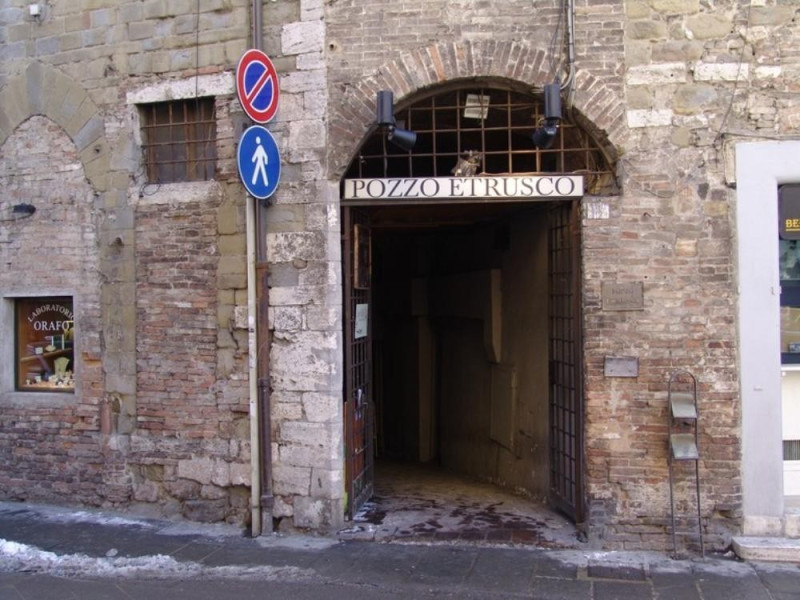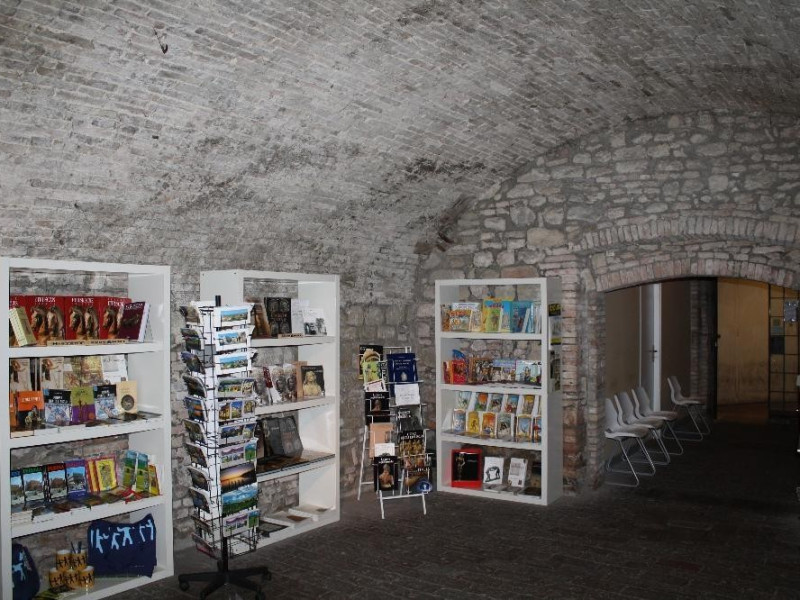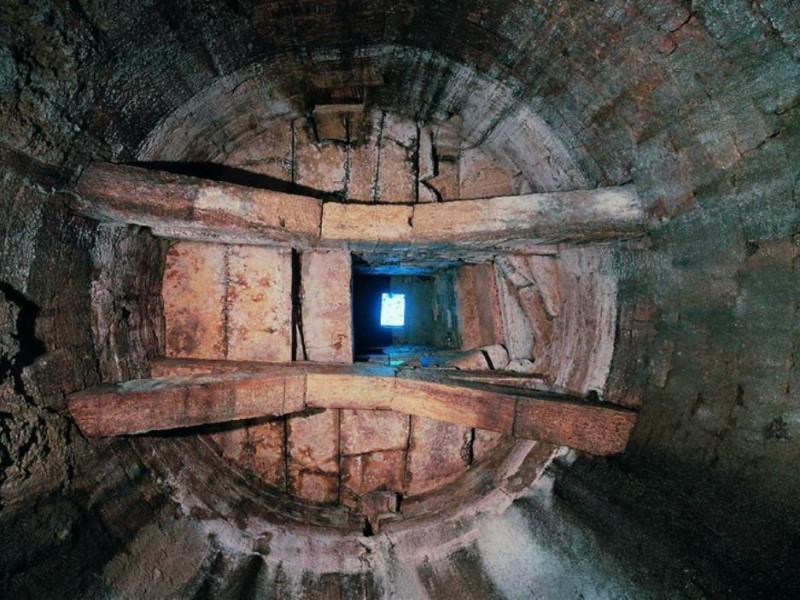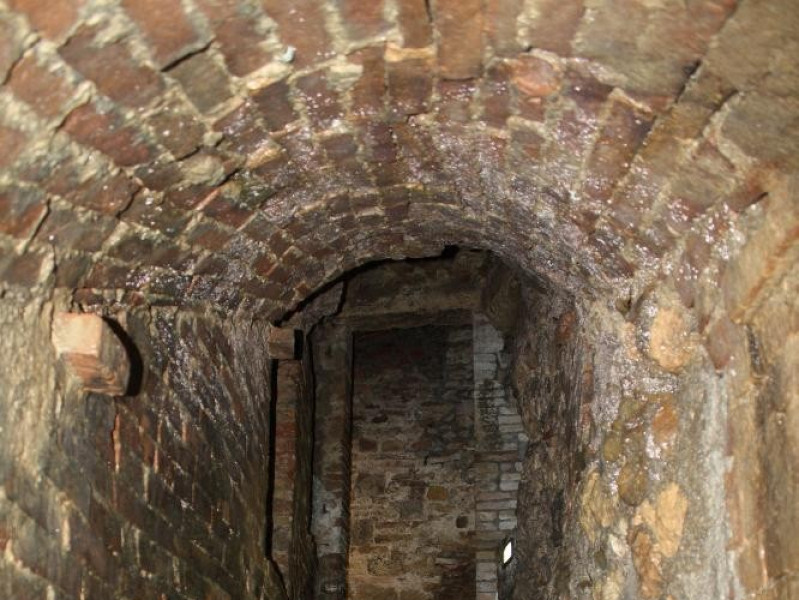Luogo - Museum
Pozzo etrusco
Where
Piazza Danti, 18, Perugia
The Etruscan Well
The Pozzo Etrusco is an ancient Etruscan well assimilated into the basement of the 17th century Palazzo Bourbon-Sorbello, standing at the extreme eastern end of Piazza Danti, at the foot of the most elevated part of the historical center of Perugia, called Monte di Porta Sole, which corresponds to the ancient acropolis of the town.
It represents the most monumental of the water infrastructural constructions in town. It was built in Etruscan times and had a dual function, as a well and a cistern. Its position coincided with what was once the east-west route axis that connected the arch of Arco dei Gigli with the gate of Porta San Luca. Visiting the well is complementary to the visit to the City Gates and Walls Museum, which offers further evidence of the level of urban development attained by Perugia during the Etruscan period.
Constructed with the same blocks of Travertine as the wall belt, it was excavated into the so called “tassello mandorlato”—a coarse-grained sedimentary rock composed of rounded fragments—that is typical of the town. The well is composed of a cylindrical shaft more than 30 meters deep with a maximum diameter of 5,60 meters, which narrows while going down—like a funnel—into the lower part. It presents two trusses, “capriate”, supporting its roof, each one consists of four large blocks of travertine—two horizontal and two oblique—held together by a central keystone. This system, which is technically very similar to the cistern in Via Caporali on the opposite side of the city, served to support a floor pavement made of stone slabs of travertine where an opening allowed water to be drawn from. This work of engineering, whose centrality and monumentality does not leave doubt as to its public destination of use, dates—basing the judgment on the technical similarities found with the wall belt—from the 3rd century B.C.
Its maximum capacity is estimated to be 424.000 liters of water and it was the largest among the wells and cisterns in town, all of which were in use until the construction of the first public aqueduct in the 13th century.




